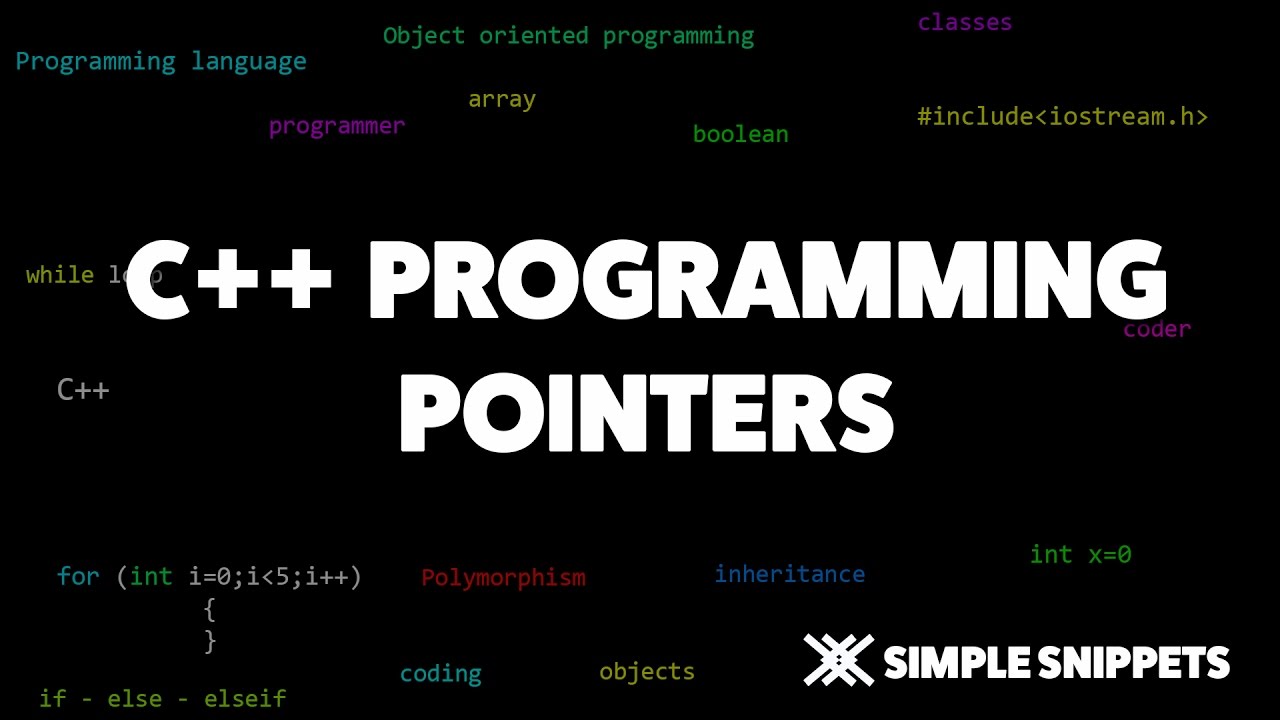![]()
1. 指针函数
指针函数,即返回值为指针地址的函数。实质仍为函数,与普通函数的差异仅在于返回值比较特殊,为一个指针地址(当然需要告知编译器一个特定的类型处理数据类型)。
1.1. 指针函数实例1: 返回值为基本类型
函数实现:大小写互转。将传入字符串内所有小写字母转换为大写字母,所有大写字母转换为小写字母
1
2
3
4
5
6
7
8
9
10
11
12
13
14
15
16
17
18
19
20
21
22
23
| #include <iostream>
using namespace std;
char* Cover (char* const Ptr ) {
char* p = Ptr;
char ch = *p ;
while( ch != '\0' ) {
if( ch >= 'a' && ch <= 'z' ) {
*p -= 32;
} else if ( ch >= 'A' && ch <= 'Z' ) {
*p += 32;
} else {}
ch = *(++p);
}
return Ptr;
}
int main(void) {
char str[15] = {"Hello World!"};
cout << "Previous: " << str << endl;
cout << "Aftet: " << Cover(str) << endl;
return 0;
}
|
1.2. 指针函数实例2:返回值为结构体
函数实现:获取并返回注册信息结构体。获取用户信息并返回包含用户名、用户密码的结构体。
1
2
3
4
5
6
7
8
9
10
11
12
13
14
15
16
17
18
19
20
21
22
23
24
25
26
27
28
29
30
31
32
33
34
35
36
37
38
39
40
41
| #include <iostream>
#include <string>
using namespace std;
struct UserMessage {
string userName;
string userPassword;
};
void showUser ( struct UserMessage* user ) {
if ( user == NULL ) {
cout << "Error: register failed!" << endl;
} else {
cout << "Success: register success:)" << endl;
cout << "User: " << user->userName << endl << "Psw: " << user->userPassword << endl;
}
}
struct UserMessage* Register ( void ) {
string str0, str1, str2;
cout << endl << "Please input UserName:";
cin >> str0;
cout << endl << "Please input Password:";
cin >> str1;
cout << endl << "Please input Password again:";
cin >> str2;
if ( str1.compare(str2) == 0 ) {
struct UserMessage* user = new UserMessage;
*user = { str0, str1 };
return user;
}
return NULL;
}
int main(void) {
struct UserMessage* Test = Register();
showUser(Test);
return 0;
}
|
![]()
# 2. 函数指针
函数指针,即指针地址指向一个函数入口地址的指针。实质任为指针。我们可以通过改变这个指针的不同地址调用同型的不同函数。
2.1. 函数指针实例1: 通过一个指针调用同型的不同函数
代码实现:通过改变一个指针地址的赋值,以调用同型的不同函数
1
2
3
4
5
6
7
8
9
10
11
12
13
14
15
16
17
18
19
20
21
22
23
24
25
26
27
28
29
30
31
32
33
| #include <iostream>
using namespace std;
int ShowOnce (string str) {
cout << "No.1 " << str << endl;
cout << endl;
return 0;
}
int ShowTwice (string str) {
for (int i=1; i<=2; i++) {
cout << "No." << i << " " << str <<endl;
}
cout << endl;
}
int ShowThrice (string str) {
for (int i=1; i<=3; i++) {
cout << "No." << i << " " << str <<endl;
}
cout << endl;
}
int main (void) {
int (*fun)(string);
fun = ShowOnce;
(*fun)("ShowOnce");
fun = ShowTwice;
(*fun)("ShowTwice");
fun = ShowThrice;
(*fun)("ShowThrice");
return 0;
}
|
2.2. 函数指针实例2: 通过一个指针调用同型的不同函数2
代码实现:通过改变一个指针地址的赋值,以调用同型的不同函数,与实例1区别在多个形参,需特别注意函数指针形参类型必须与调用的函数形参类型一致
1
2
3
4
5
6
7
8
9
10
11
12
13
14
15
16
17
18
19
20
21
22
23
24
25
26
27
28
29
| #include <iostream>
#include <iomanip>
using namespace std;
double Add (double num1, double num2) {
return (num1 + num2);
}
double Subtract (double num1, double num2) {
return (num1 - num2);
}
double Multiply (double num1, double num2) {
return (num1 * num2);
}
double Divide (double num1, double num2) {
return (num1 / num2);
}
int main (void) {
double (*fun)(double, double);
cout << "Test (*fun)(5,3) :" << endl <<endl;
fun = Add;
cout << setw(10) << "Add: " << (*fun)(5,3) << endl;
fun = Subtract;
cout << setw(10) << "Subtract: " << (*fun)(5,3) << endl;
fun = Multiply;
cout << setw(10) << "Multiply: " << (*fun)(5,3) << endl;
fun = Divide;
cout << setw(10) << "Divide: " << (*fun)(5,3) << endl;
return 0;
}
|
2.3. 函数指针高级应用:通过函数指针测试不同函数的运行时间(函数指针作为形参)
代码实现:通过形参传入一个函数指针,可在函数体内调用该函数指针形参指向的函数,以测试不同函数的运行时间
1
2
3
4
5
6
7
8
9
10
11
12
13
14
15
16
17
18
19
20
21
22
23
24
25
26
27
28
29
30
31
32
33
34
35
36
37
38
39
40
41
42
43
44
45
46
47
48
49
50
| #include <iostream>
#include <time.h>
#include <math.h>
using namespace std;
#define MAXN 10
#define Fun_x 1.1
#define MAXK 1e3
double a[MAXN];
double Function1(void);
double Function2(void);
void showFunctionUsingTime (double (*fun)(void));
int main (void) {
for (int i=0; i<MAXN; i++) {
a[i] = (double)i;
}
showFunctionUsingTime(Function1);
showFunctionUsingTime(Function2);
return 0;
}
double Function1 (void) {
double p = a[0];
for (int i=1; i<=(MAXN-1); i++) {
p += (a[i] * pow(Fun_x, i));
}
return p;
}
double Function2 (void) {
double p = a[MAXN-1];
for (int i=(MAXN-1); i>0; i--) {
p = a[i-1] + Fun_x * p;
}
return p;
}
void showFunctionUsingTime (double (*fun)(void)) {
clock_t start, stop;
double duration;
start = clock();
for (int i=0; i<MAXK ;i++) {
(*fun)();
}
stop = clock();
duration = ((double)(stop - start))/CLOCKS_PER_SEC/MAXK;
cout << "Ticks = " << (double)(stop - start) << endl;
cout << "Using time = " << duration << " s" << endl;
}
|

 # 2. 函数指针
# 2. 函数指针